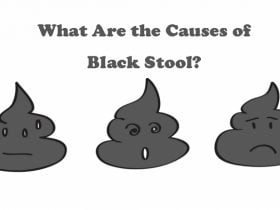Disfluent speech, as a medical condition, is frequently referred to as “stuttering” in American English. This problem is known as “stammering” in British English.
These symptoms that are referred to as “stuttering,” “stammering,” and “disfluent speaking” are the same.
No matter what you name it, stuttering or stammering is a condition that affects between 5 and 10 percent of children and more than 3 million people have the disorder at some point in their lives, according to the National Institutes of Health. [1]
Keep reading this article to learn more about the signs of stuttering (also known as stammering) and what treatment options are available to help yourself or your child to recover from the symptoms.
Symptoms

Stuttering and stammering have the same causes and thus lead to the same symptoms. One or more of the following are examples of these symptoms:
- Repeating a word’s first syllable as you say it.
- Extended pauses or “blocks” in between sentences.
- Extending certain word sounds.
- When you try to talk, you have trembling lips or tense facial muscles.
- Attempting to speak in phrases and becoming frustrated.
- Having trouble speaking in front of others or in public.
Although stuttering is more prevalent in children, some symptoms can persist until maturity.
You may be more prone to stammer if you have a family history of the disorder, and men are more likely to stutter than women.













